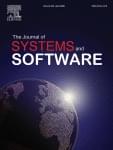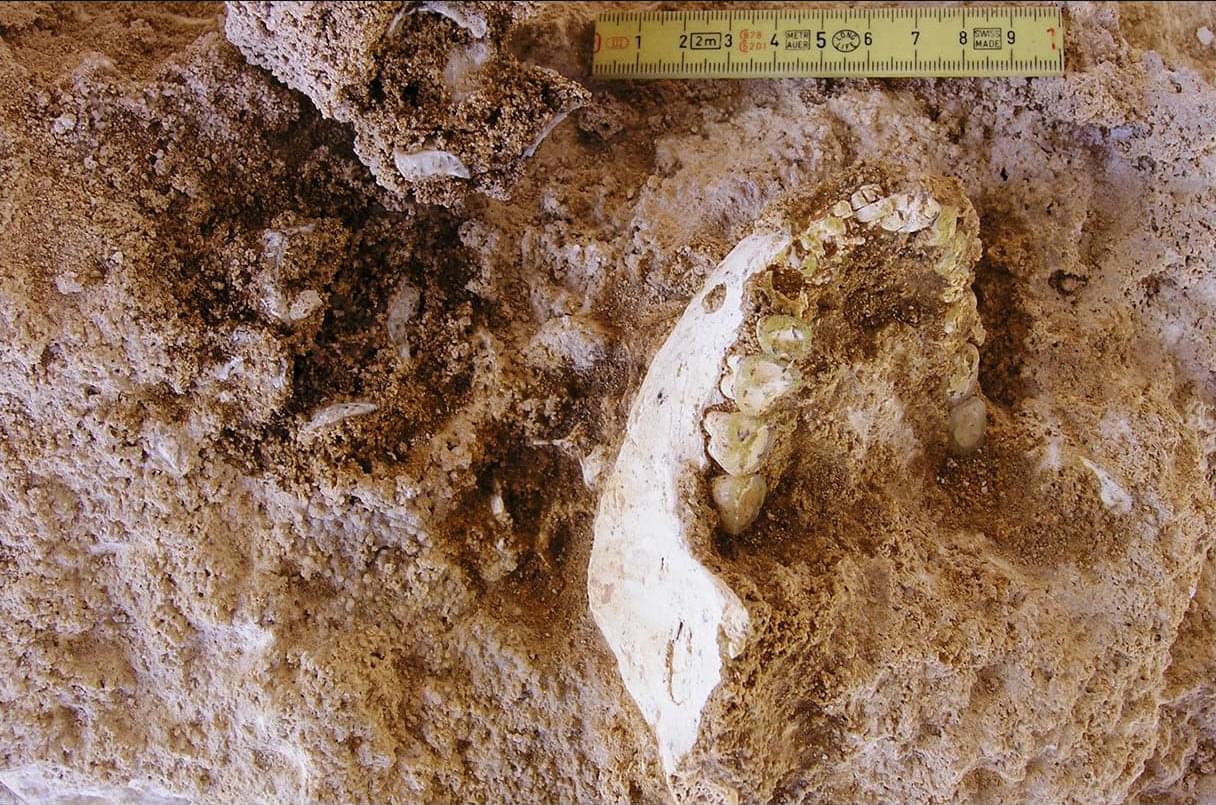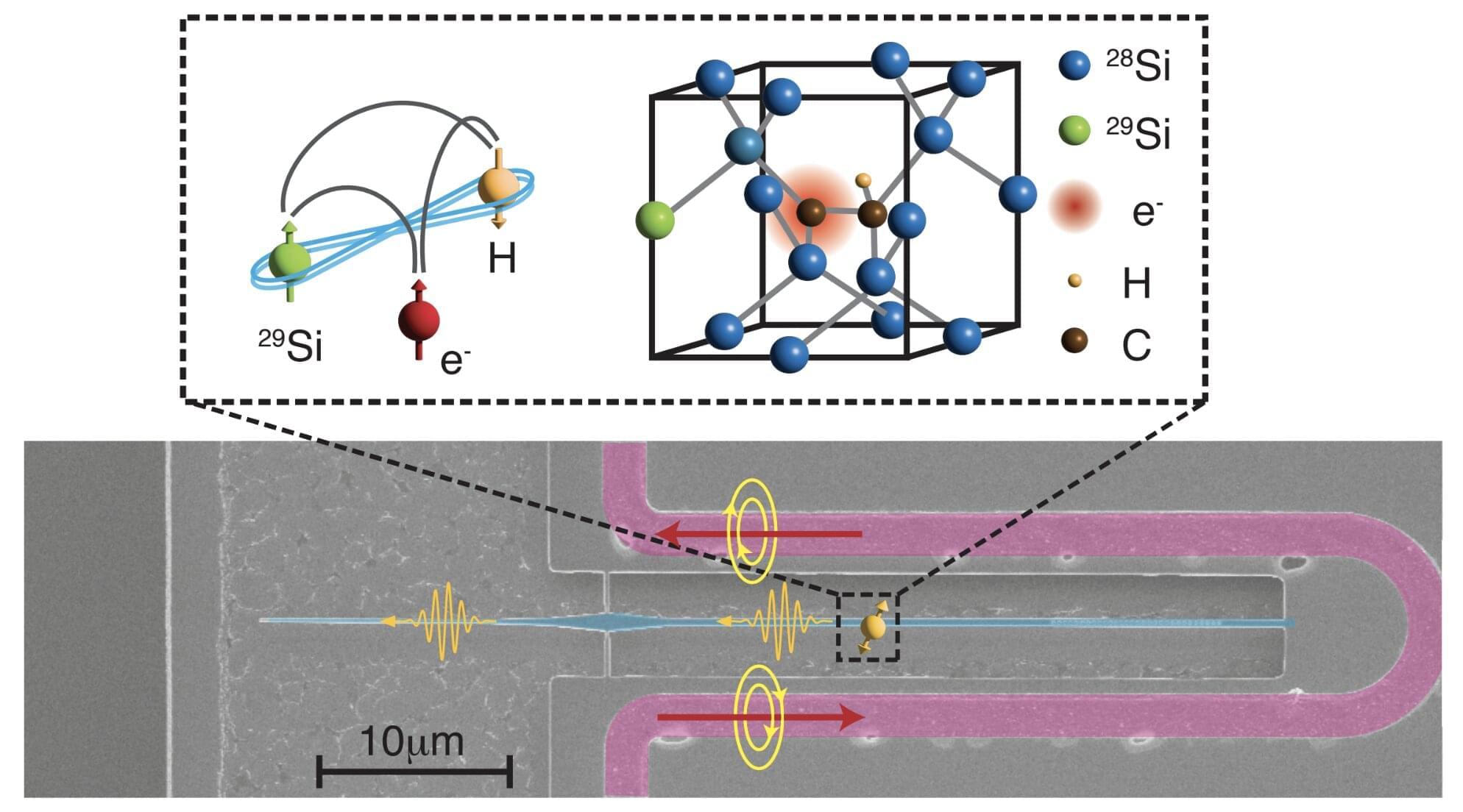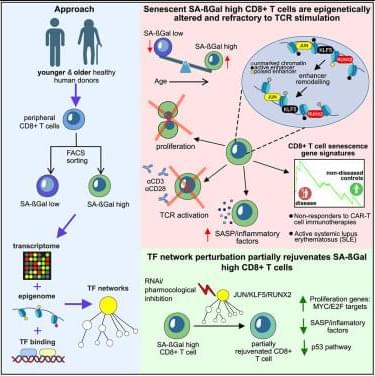Companies support their customers using live chats and chatbots to gain their loyalty. AFAS is a Dutch company aiming to leverage the opportunity large language models (LLMs) offer to answer customer queries with minimal to no input from its customer support team. Adding to its complexity, it is unclear what makes a response correct, and that too in Dutch. Further, with minimal data available for training, the challenge is to identify whether an answer generated by a large language model is correct and do it on the fly.
This study is the first to define the correctness of a response based on how the support team at AFAS makes decisions. It leverages literature on natural language generation and automated answer grading systems to automate the decision-making of the customer support team. We investigated questions requiring a binary response (e.g., Would it be possible to adjust tax rates manually?) or instructions (e.g., How would I adjust tax rate manually?) to test how close our automated approach reaches support rating. Our approach can identify wrong messages in 55% of the cases. This work demonstrates the potential for automatically assessing when our chatbot may provide incorrect or misleading answers. Specifically, we contribute a definition and metrics for assessing correctness, and suggestions to improve correctness with respect to regional language and question type.









